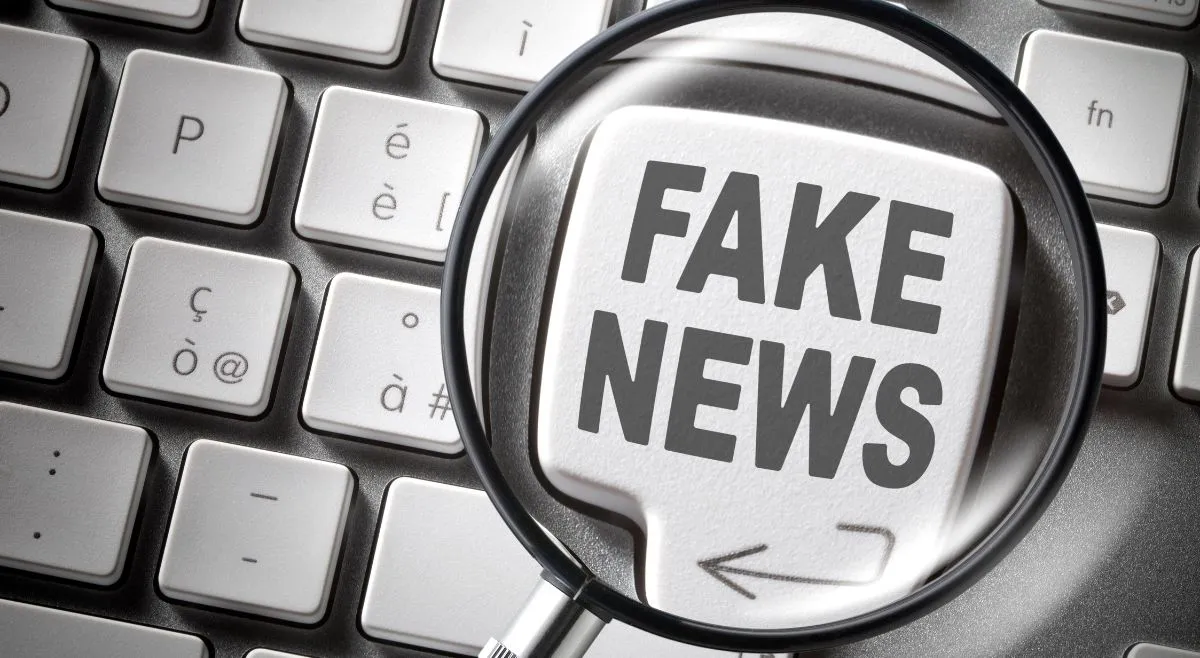- By Ridam Sharma
- Tue, 28 Oct 2025 06:02 PM (IST)
- Source:JND
Warning Signs Of Fake News: In the digital era, fake news is widespread, and it can deceive a reader and create an opinion based on a lie. Misinformation in news articles has the potential to manipulate emotions and influence decision-making, as well as destroy confidence in credible journalism. It is important to know how to identify fake news within a short period to avoid being cheated or misled. Learning the common warning signs, like sensational headlines, absence of credible sources, unsteady facts or irregular structures, all of which help readers to easily handle information overload. Learning critical reading abilities and media literacy can significantly help you to fact-check news yourself.
Knowing the red flags helps you identify if the news article might be fake. This also helps the audience be more responsible for the content they consume, in a world which is mostly flooded with both authentic and fake narratives. Here is a list of 10 warning signs that highlight that a news article could be fake, and the best ways to learn to spot misinformation fast, according to Unicef.org.
List Of 10 Warning Signs A News Article Could Be Fake:
1. No Clear Or Credible Source:
If the article does not clearly state where the information is coming from or lacks a recognisable press organisation backing up the news, you need to be cautious. Legitimate news organisations are clear about who they are, who funds them, and who authors their content. Fake news or misleading pieces of information have no transparency about their identity and use general information or descriptions as an attempt to make their content look credible.
Recommended For You
2. Sensational And Emotional Headlines:
Again, fake or misleading news’ are tends to be written in sensational language with the purpose of evoking extreme emotional responses, like anger, fear or even excitement. These big sensationalised headlines push you to click and re-share without really thinking about the truth behind the news. This happens because such news is made for particular people or groups who already have certain biases and work as a herd mentality; if it seems sensational or emotionally satisfying, individuals are likely to accept and re-share it.
3. No Evidence, Data Or Citations:
Quality reporting often features links to studies, reputable groups, quotes from experts, or measurable statistics in the article. As we mentioned above, if an article claims something but forgets to mention where the data came from, there is are higher chances that the content could be disinformation or misinformation. Therefore, always check out if the claims in the article appear elsewhere in reputable sources of news sources.
4. Anonymous or Unqualified ‘Experts’:
Only citation is not enough, if the article just mentions ‘experts’ but does not specify who they are, or if the individuals being quoted but have lack background or credentials, you need to be very cautious to interacting with such pieces of information. You can easily verify genuine experts with their academic or professional backgrounds. Bogus news tends to give general statements like "doctors say" or "people are claiming" to appear credible without any proof.
Also Read: Fact Check: Rani Mukerji Was Not Scolding Rajdeep Sardesai, She Was Enacting A Scene From Her Movie
5. Poor Formatting:
Reputable and recognisable news portals have editors and put focus on following a quality writing standard. If an article includes constant spelling mistakes, a disoriented layout, uneven fonts, tiny texts or appears hurriedly prepared, this all may point to low-quality or misleading news. People who spread misinformation usually prefer getting a message across quickly rather than focusing on accuracy or presentation of the news.
6. One-Sided Or Overly Emotional Tone:
Good journalism is all about informing rather than convincing. If the piece is trying to get you to feel rather than think, back off. Emotional manipulation is a familiar way of spreading disinformation and conspiracy theories.
7. Only Found In One Place:
If no other credible news outlets are reporting the same story, that news is a red flag. However, sometimes misinformation spreads because of the viral culture, which is widely shared, but all the posts are sourced from the same untrustworthy source. Cross-checking across multiple outlets helps confirm the authenticity of news.
8. Manipulated Or Misleading Images And Videos:
We live in a digital era, which is significantly backed by AI technology. However, there is also a dark side to Artificial Intelligence, which is apps like deepfakes, edited photos, morphing or using old images to back current information. An emotional or shocking photo makes misinformation seem more ‘Real.’ Therefore, if the image or video looks fishy, do a search to find out if the photo is from another event, year, or situation.
9. Suspicion Or Conspiracy Appeals:
Stories that state “the truth is being hidden" or "only a few people know the real story" tend to attempt to get readers to feel included in a secret group. This taps into the need for belonging and makes the statement less likely to be questioned. Misinformation based on controversy and propaganda dismisses evidence against it. So be cautious.
10. Urges You To Share Immediately
If an article is repeatedly asking you to quick share, with language like - "Share this before it’s deleted!” or “Everyone needs to see this now!", it might be attempting to spread false information quickly before it has time to be fact-checked. The real news is all about accuracy and not at all about just getting the reaction out of you, without giving you time to think twice.
The ability to recognise fake news is one of the key skills in the modern, digitally-led world. Minimising the negative effects of misinformation is more important than ever. It is important to identify warning signs like biased language, unverified claims, increasing negative use of AI and more. By looking out for the credibility of news articles, you will bring honesty in communication and stop the widespread of misleading information.
Being careful and using fact-checking techniques will bring readers trust back in genuine and credible journalism, which widely contributes to an informed society. At the end of the day, knowing how to identify fake news will make you a better and more responsible content consumer in the modern news landscape.





